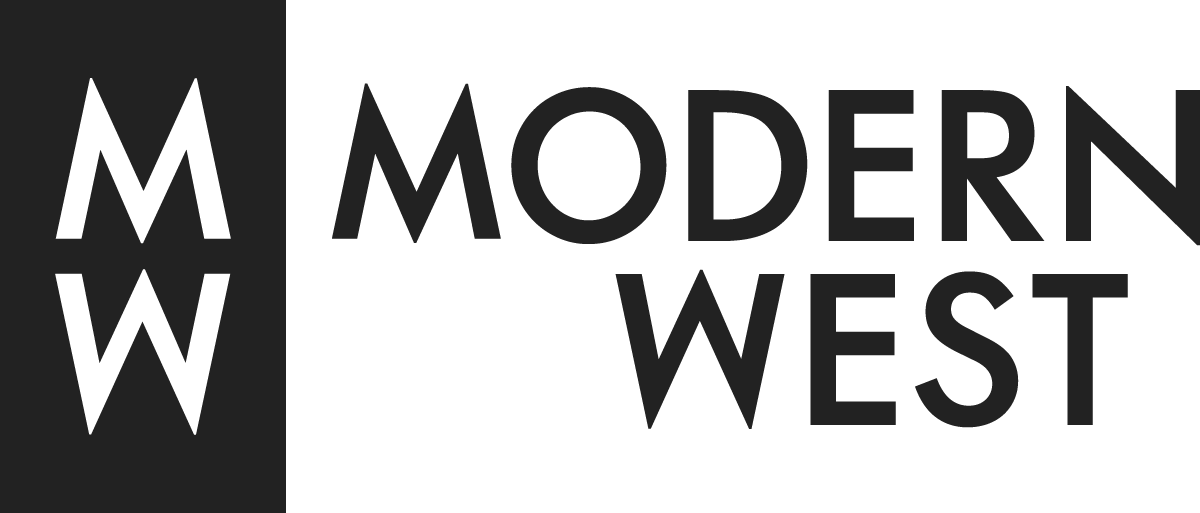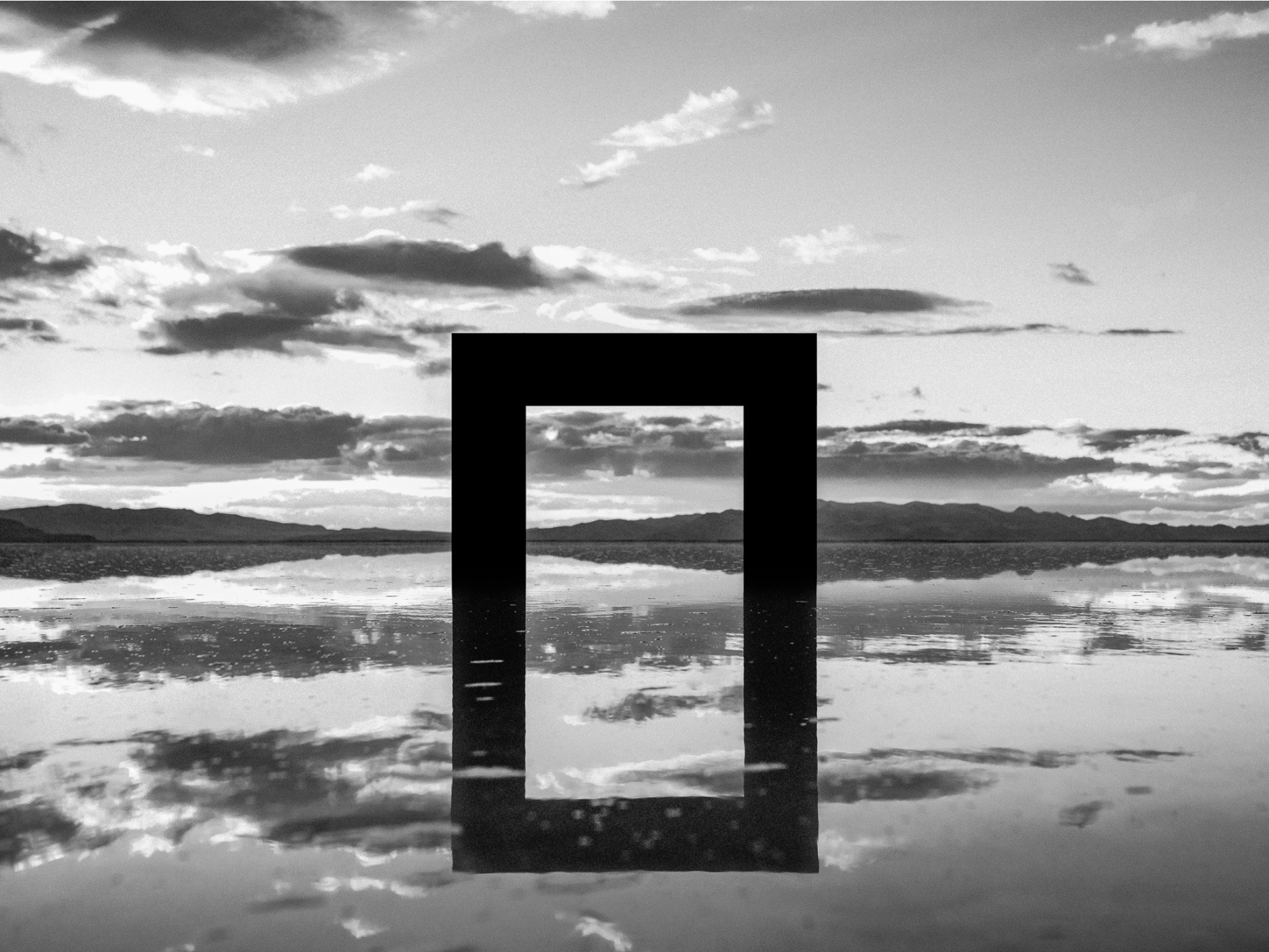ALEXANDRA FULLER: A PARTICIPATORY UNIVERSE JANUARY 1- MARCH 31
Alexandra Fuller is a self-taught artist working in the most remote town in the Lower 48. Her current work primarily takes the form of conceptual landscape and subjective documentary photography, often incorporating her original poetry and prose. The images explore the relationship between resilient people and places on the edge, as well as the changing nature of both. Alex’s films have premiered at Sundance, won a special jury prize at SXSW and screened at dozens of festivals worldwide. For over two decades, Alex has also worked as an advertising creative director and commercial film director.
In her series A Participatory Universe, photographer Alexandra Fuller questions what may happen when we intentionally observe discarded landscapes.
While working on this series, Fuller referenced renowned quantum physicist John Wheeler and his ideas on what he deemed an exchange between us and the surrounding world. In an essay he wrote “We are inescapably involved in bringing about that which appears to be happening. We are not only observers. We are participants. In some strange sense, this is a participatory universe.”
In a similar school of thought, influential art critic John Berger wrote “It is seeing which establishes our place in the surrounding world; we explain that world with words, but words can never undo the fact that we are surrounded by it… The reciprocal nature of vision is more fundamental than that of spoken word.”
Alexandra Fuller on site for her photography series ‘A Participatory Universe.’
Over the course of recent years, Fuller has traveled across seemingly unadorned terrains of the American West. At each stop, the artist installed a large, rectangular sculpture as a makeshift framing device. She then photographed the landscape through this sculpture, exploring how an intentional emphasis could transform the perceived significance of something which may have not been previously noticed.
Fuller documents the landscape with two different approaches. One, using the aluminum sculpture as the framing mechanism of the photograph, allowing for the sky and land to pour out of the composition. And secondly, stepping back from the frame to a wider, comprehensive view, inviting the onlooker to become aware they are, in fact, a participant in this universe.
Fuller’s choice of the photographic medium is conceivably the most revolutionary agent to explore the interaction between the self with the universe. In its early days, photography was considered a manipulative form of art for its seemingly devious cropping of reality. Strangely enough, it has become such a celebrated practice for those very same reasons.
And so, with Fuller’s photographic eye, she places the frame amid cracking mounds of dirt, kinetic ocean waves and melting spots of snow, emphasizing a grander interaction of oneself with the universe, and a more intimate exchange between the viewer and the frame – both imposing a sense of importance.
In considering A Participatory Universe Fuller shares “With each image, I, the photographer and you, the viewer, both become observers in this experiment: when we bring focused attention to these vistas that previously existed in some unseen limbo, do they change? Does the nothingness become a somethingness? Does the act of framing the scene give it meaning that it did not inherently possess until we noticed it?”
Archival pigment prints from A Participatory Universe are available in limited editions of 3 (for all 40 x 53 in. prints) and 5 (for all 30 x 40 in. prints). For more information on artwork details and acquisition, please contact us at info@modernwestfineart.com.














